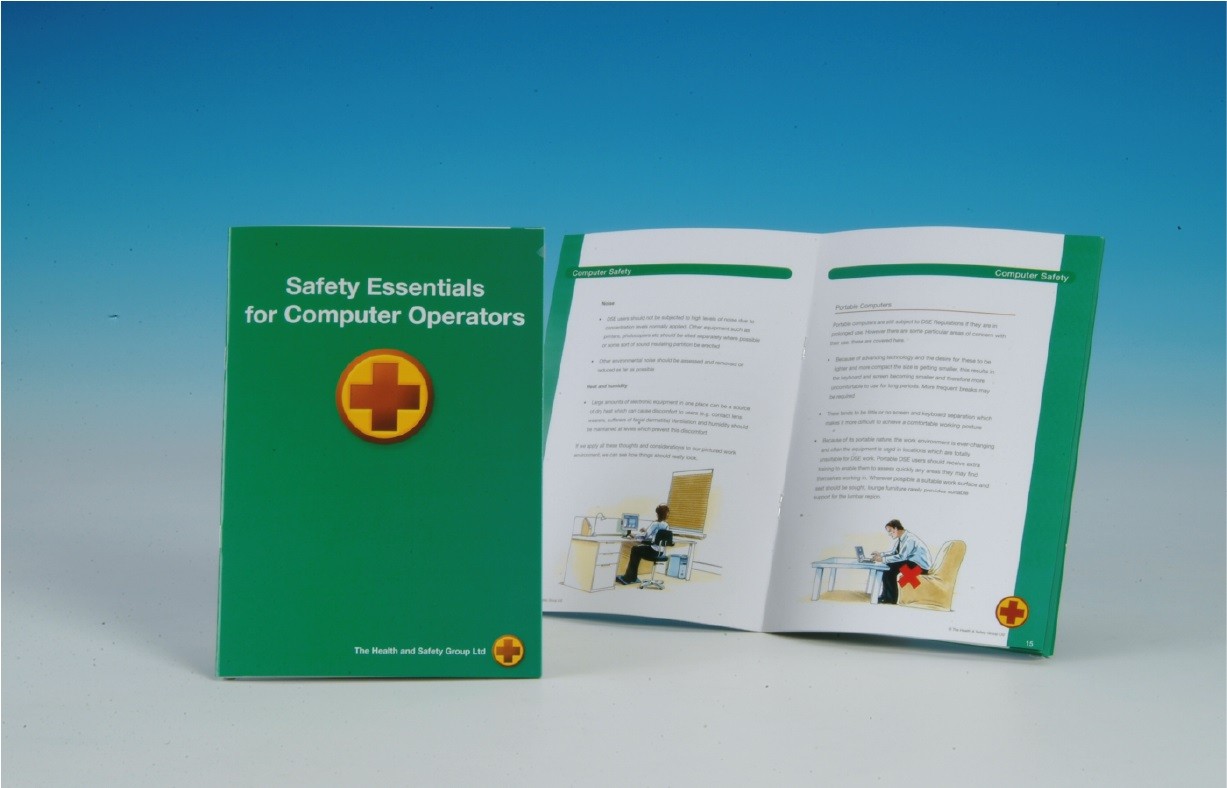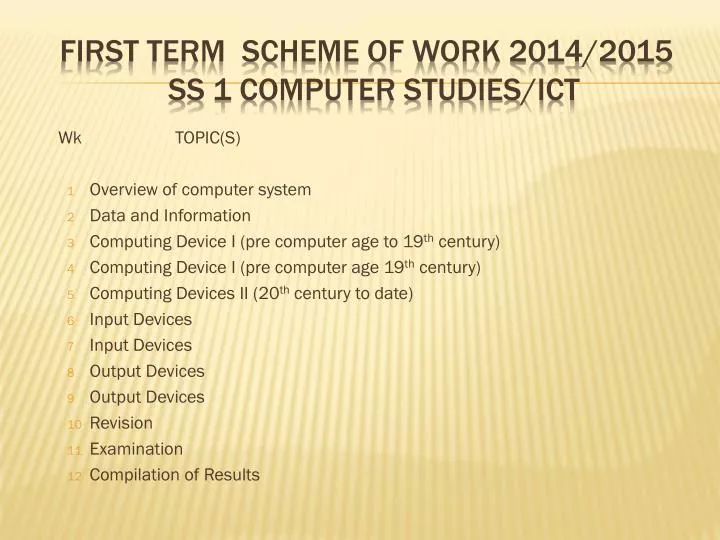

Overall, the great increase in computer use between 19 coincided with a period of modest deterioration of job quality in the EU-15 as a whole, as work discretion declined for most occupational and educational groups, while work intensity increased slightly for most of them. Several countries have seen a significant increase in computer use even in low-skilled occupations generally assumed to be less affected by technology. We document that while the proportion of workers using computers has increased from 40 per cent to more than 60 per cent, there remain significant differences between countries even within the same occupations. Make sure that members know about their legal right to eye and eyesight tests.This article studies changes in computer use and work discretion and intensity in the EU-15 between 19.
USE OF COMPUTERS AT WORK 2015 HOW TO
Make sure that members are provided with training and information on how to use their DSE and workstation safely. Safety reps have rights under the management regulations to be consulted by their employers about anything affecting members’ health and safety, including new technology. Make sure that risk assessments are thorough and correct. Refer to UNISON and HSE guides for advice. Negotiate a policy for working with computers. The Display Screen Equipment regulations also require employers to perform a suitable risk assessment of computers – even for flexible and home workers – and take steps to control risks. What can your employer do?Īll employers have a duty to ensure the health, safety and welfare at work of their employees under the Health and Safety at Work Act. This makes it more difficult to maintain good posture.Ĭarrying a laptop also increases back injuries and the risk of attack and theft, so it’s better to use a desktop computer or a docked laptop whenever possible. Because of their small size it can be hard to establish a good fit between the worker and the laptop. Some jobs require employees to use computers outside of the office, so a laptop computer may be provided. increasing use of PDA’s can lead to poor posture and positioning and in turn, aches and pains. Work-related upper limb disorders (WRULDs) – also called repetitive strain injury (RSI) – occur when computer users get aches, pains and disorders after long periods of working with a computer.If your workstation is not set up properly, you may suffer from headaches caused by screen glare or bad posture.Injuries that may be caused by working with computers: You must ensure the size of text and images on the screen are the right size for you and take regular breaks. There is no evidence that screens damage eyes, but long periods of working at a computer screen can cause discomfort. Problems caused by computer screens – also called visual display units (VDUs), monitors or display screen equipment (DSE) – are usually the result of improper use, rather than the screen itself. reporting any injuries, such as eye strain or pain in the hands, arms or neck.Ĭomputer screens (visual displays / monitors).adjusting your chair height to fit your workstation.
USE OF COMPUTERS AT WORK 2015 FREE

There are simple steps that can be taken to stay healthy while working with a computer. You can avoid serious injury by taking action when you notice a problem, although it’s better to prevent injuries before they begin. If you get aches or pains whilst at your desk you should tell your supervisor and/or your UNISON representative. Your employer should help prevent discomfort and injury by ensuring your work station is set up properly. Many jobs involve working with computers for long periods of time, but it is important that you sit in a way that does not harm your arms, back, hands, shoulders or neck. Computer screens (visual displays / monitors).


 0 kommentar(er)
0 kommentar(er)
